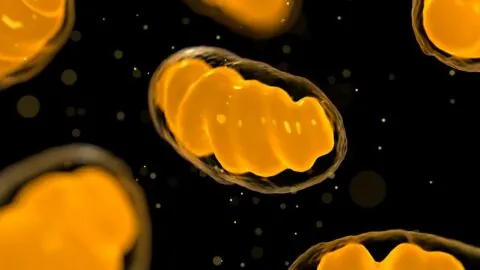June 30, 2024
In Nature Aging, researchers have published the creation of a new clock that uses multiple metrics to evaluate biological aging. What's worth measuring? Epigenetic Clocks - What are they?An epigenetic clock is a biochemical test that uses DNA methylation levels and accumulation of methyl groups on DNA to determine biological age. There are many different...
June 28, 2024
Scientists have found that older people currently retain more youthful abilities than people who were the same age did in previous decades [1]. How miserable are we? Recent decades have seen leaps in average life expectancy. However, those mostly stem from successes in curbing childhood mortality and infectious diseases. The gains in later life have...
June 27, 2024
Researchers have published a method of rescuing cells from damaged mitochondria and cellular senescence, potentially alleviating major aspects of aging. Bad mitochondria must be consumed A core part of autophagy involves selective autophagy receptors (SARs), which build the autophagosomes in which the organelles are consumed [1]. Mitophagy is a subset of autophagy that refers to...
June 26, 2024
A recent paper has investigated the impact of polystyrene nanoplastics on the molecular processes of male reproductive tissues in mice [1]. Health risks of micro- and nanoplastics Microplastic and nanoplastic contamination is a worldwide public health concern for a good reason. Numerous research papers have associated microplastics with multiple health risks in the respiratory, immune,...
June 25, 2024
For the first time, scientists have shown that the abundance of proteins needed for mitochondrial energy production in human brains is linked to perceived psychosocial experiences [1]. Picking the brains Negative psychosocial experiences have been linked to health problems by numerous studies. However, not enough is known about the concrete mechanisms at play. In this...
June 24, 2024
Scientists have identified a small molecule that upregulates telomerase reverse transcriptase (TERT) in multiple tissues, improving health and cognition in old mice. Telomere attrition and health Why We Age: Telomere AttritionTelomeres are DNA regions located at the ends of a chromosome. Their normal length is 8-10 thousand base pairs, yet they consist of repetitions of...








